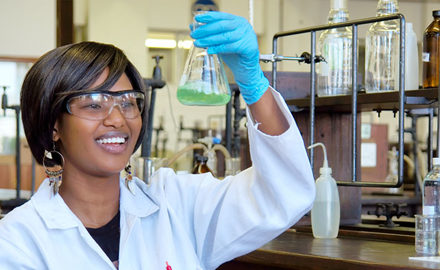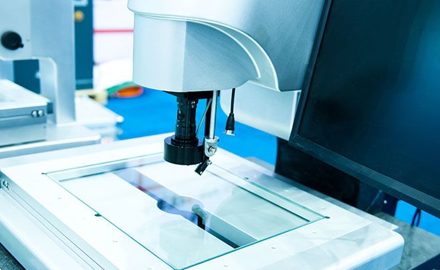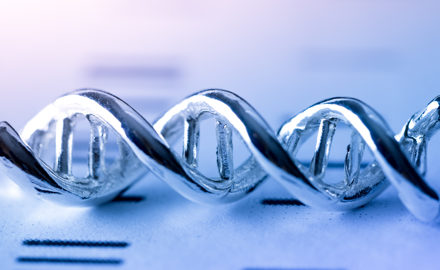Cancer diagnostics
What is the role of pathologists? Cellular Pathology is the diagnosis and study of diseases within tissue samples and involves examining tissue (i.e., histopathology) and/or individual cells or clusters of cells (i.e., cytopathology) under a microscope or on a computer screen. Histopathologists are responsible for making tissue diagnoses and helping clinicians to manage a patient’s care. Histopathologists increasingly have key responsibilities for cancer screening, currently for breast, bowel and cervical cancer.
Haematologists are doctors who are experts in blood. These include the blood cells circulating in the blood and those being made in the cell factories of the bone marrow. Haematologists study blood disorders, including blood cancers and diagnose and treat these cancers. Histopathologists and haematologists work closely with molecular pathology and genomic pathology colleagues.
Pathologists are at the heart of cancer prevention, diagnosis, monitoring and treatment. Pathology is the service that handles the blood samples and the cells and tissues removed from suspicious ‘lumps and bumps’. They identify the nature of the abnormality and, if malignant, provide information to the clinician on the type of cancer, its grade (aggressiveness) and stage (how advanced it is). For some cancers, pathologists can also help to predict the responsiveness of the cancer to certain treatments and the likely profile of responsiveness to certain treatments.
The College calls for increased investment in pathology services, particularly in the recruitment and training of pathologists and scientists. This is to help meet the rising demand for cancer diagnosis which has been exacerbated by the COVID-19 pandemic leading to a backlog of cases waiting for diagnosis.
Challenges in cancer diagnostics
- There has been a year-on-year increase in demand for pathology services, both in the number and complexity of tests performed.
- Staffing levels have not risen in line with demand and pathology services are unable to recruit to vacant posts. It can take up to 15 years to train a pathologist.
- It is anticipated that a third of Consultant Cellular Pathologists will retire in the next five years. And there are not enough trainee doctors in post to fill this gap.
With an ageing population and a predicted sharp rise in the number of people who will develop cancer at some point in their lives, pressure on already-stretched pathology services will also increase.
Cancer Research UK’s report Testing Times to come? An evaluation of pathology capacity across the UK, November 2016 highlighted that, year on year, the amount of histopathology requests to laboratories has increased by around 4.5% on average.
The College’s role
The pandemic highlighted the importance of laboratory tests and laboratory professionals within healthcare. There have been workforce shortages for some time, but now more than ever, it is vital that services are sufficiently funded and supported. This is necessary to tackle the diagnostic backlog, particularly in cancer services. Ensuring that there are sufficient trained staff, equipment, and IT support to underpin laboratory services is vital. The long term workforce plan is very much welcomed but producing a lot more medical graduates will not help Pathology Services if we do not also see expansion in post graduate training numbers and substantive consultant posts.
Screening
Every blood test, biopsy sample, cancer screening test or search for infection will involve a pathology team. Some screening tests such as the heel prick test are only offered to newborn babies, while others such as breast screening and abdominal aortic aneurysm screening are only offered to adults. The heel prick test carried out on newborn babies allows blood to be tested for diseases such as sickle cell anaemia and cystic fibrosis, as well as various inherited metabolic diseases.
Faecal immunochemical test (FIT)
FIT is a type of faecal occult blood test for bowel cancer screening which uses antibodies that specifically recognise human haemoglobin (Hb). It is used to detect, and can quantify, the amount of human blood in a single stool sample and is carried out in clinical biochemistry departments. FIT has been shown to have higher participation rates by the population and the switch is expected to increase screening uptake by around 7 to 8 percentage points in England. Whilst we welcome higher uptake in testing and the benefits for earlier diagnosis, this will increase pathology demand, both as a result of increased initial testing and because positive results lead to further testing.
Also on the agenda






